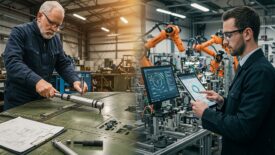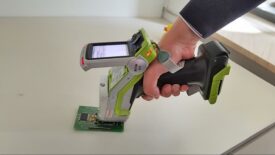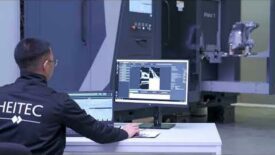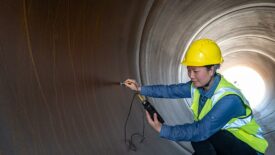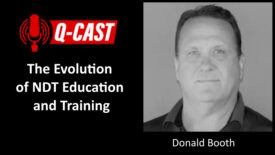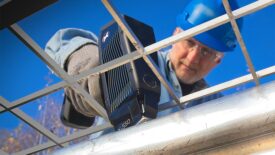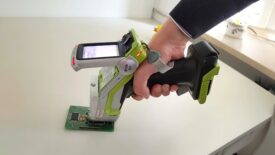NDT
Management
The shift toward digital checklists and automated reporting has created an illusion of compliance.
Read More
NDT | XRF
Achieve RoHS Compliance
Uncover heavy metals, flame retardants, and phthalates with handheld XRF & FT-IR spectroscopy.
March 31, 2025
NDT | Ultrasonics
Scan Planning: Identifying Part Properties Effectively
When we start the scan planning process, we have to first identify the properties of the part that will be examined.
March 29, 2025
NDT | Computed Tomography
Real-time Quality Feedback Moves to the Active Production Line
Industrial CT-scanning systems and analysis software are providing faster insights into manufactured components.
March 18, 2025
NDT
A Bright Future for Terahertz in Nondestructive Testing and Condition Monitoring
Currently, the most common application of THz is to monitor coatings and multilayer structures.
March 10, 2025
NDT | AI in NDT
AI: A Game-Changer for Automated Defect Detection in NDT
The role of AI in NDT is now at an inflection point, with the use of machine learning and deep learning technologies opening up new horizons.
March 3, 2025
NDT | Aerospace
Advances in Automated NDT: Viable Inspection Solutions for Aerospace Applications
Advanced ultrasonic testing solutions must keep pace with these new challenges while maintaining the rigorous quality control standards that ensure aircraft safety.
March 2, 2025
NDT
Enhancing Material Analysis: The Role of XRF and LIBS in Nondestructive Testing
Enhancing NDT Applications with XRF and LIBS Technologies
February 27, 2025
XRF
Achieve RoHS Compliance: Uncover Heavy Metals, Flame Retardants, and Phthalates with Handheld XRF & FT-IR Spectroscopy
Many manufacturers have incorporated handheld XRF and FT-IR testing into their workflows to ensure regulatory compliance.
February 21, 2025
Stay in the know with Quality’s comprehensive coverage of
the manufacturing and metrology industries.
eNewsletter | Website | eMagazine
JOIN TODAY!Copyright ©2025. All Rights Reserved BNP Media.
Design, CMS, Hosting & Web Development :: ePublishing
